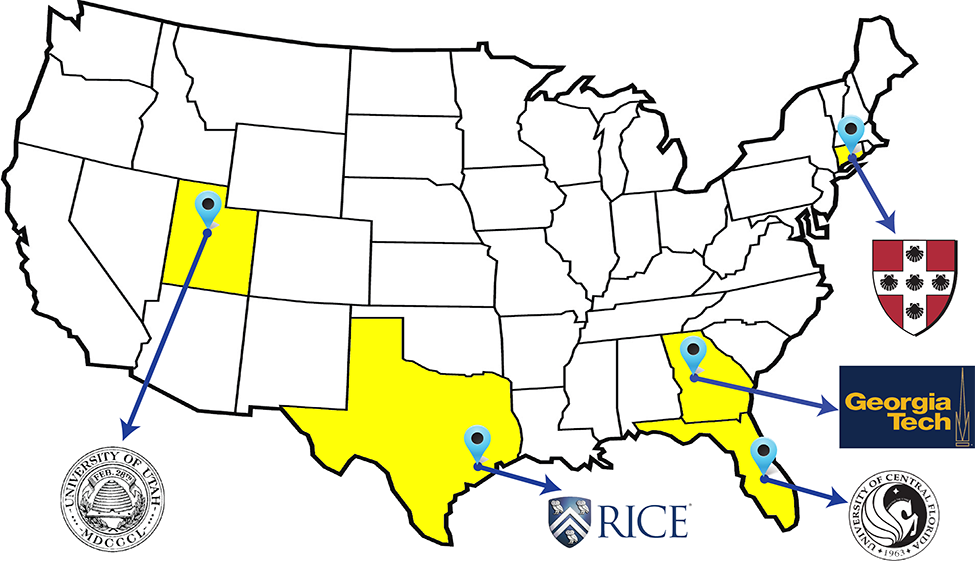The prospect of synthesizing new materials and systems that exhibit optical properties not found in nature has been intensely
pursued in the last few years. So far, most of these approaches have relied exclusively on sculpting the refractive index
distribution in a system. Recently, the idea of judiciously incorporating both optical gain and loss has been suggested
as a new paradigm to mold the flow of light. This proposition makes use of some newly developed notions based on parity-time
(PT) symmetry. The overarching goal of this effort is to carry out research in basic science and engineering that could
potentially lead to new technologies by harnessing PT-symmetric concepts. In this regime, PT symmetry can lead to unusual
and previously unattainable light propagation characteristics. In this project, the participating groups intend to explore
a variety of opportunities provided by this reflection symmetry for a new generation of photonic materials and structures
that will exhibit novel optical properties and functionalities.
Polymers serve as our prototypical platform to demonstrate PT-symmetric effects since they offer the ability to incorporate
substantial levels of gain and loss and have several advantages over other material systems (such as scalability) that are
relevant to DoD applications. A smaller effort is also devoted to assessing the utility of PT-symmetry in other materials
and physical settings. Our program includes strong efforts in materials science, fabrication and characterization, and theoretical
exploration of the basic phenomena involved. The activities of this MURI range from non-reciprocal light propagation in
nonlinear polymeric PT structures and beam deflectors and from polarization control in chiral polymers to PT-symmetric coherent
perfect absorbers and unidirectional invisible structures.

11/4/2014
A paper by Professors Khajavikhan and Christodoulides published in Science
|
Carry out research in basic science and engineering that could potentially lead to new technologies by harnessing non-Hermitian or PT-symmetric concepts.
Explore PT symmetric arrangements for realizing a new generation of materials and structures that could exhibit novel optical properties and functionalities.
Develop polymeric materials capable of displaying large optical gain.
|
Arje Nachman
Charles Lee
|

